
The world feels closer than ever to a global war. After Israel’s June 13 strikes on Iranian nuclear sites, the U.S. joined with Operation Midnight Hammer just days later. Ongoing violence in Ukraine and Gaza only deepens the sense that something bigger may be coming.
With 61 active conflicts worldwide and military spending at an all-time high, people are asking a chilling question: is there anywhere truly safe if war breaks out? One report may hold an answer.
The Global Peace Index ranks the world’s most peaceful countries, and in a time like this, its insights have never felt more urgent, and needed.
What Is The Global Peace Index?

Created by the Institute for Economics and Peace in 2007, the Global Peace Index (GPI) ranks 163 countries and territories, covering 99.7% of the world’s population. It offers a rare, trusted view into where peace truly exists.
Now in its 19th edition, the GPI is backed by Nobel laureates and global leaders alike. The index doesn’t just measure a nation’s absence of conflict, it tracks the social, political, and military structures that support long-term stability.
In today’s fractured world, the GPI has become a vital tool, helping civilians, investors, and leaders identify nations that might actually weather a global storm.
The 23 Indicators Used In The Global Peace Index

The Global Peace Index uses 23 indicators to score peace, grouped into three categories: safety and security, ongoing conflict, and militarization. It factors in everything from violent crime and political stability to defense spending and weapons capabilities. It even evaluates a country’s relations with its neighbors.
Countries that score well across the board aren’t just those that are quiet today. It’s those that are structurally peaceful and less likely to be drawn into global wars. With global instability rising, the next slides spotlight the 10 highest-ranked countries in the 2025 GPI, potential sanctuaries if the world turns violent once more.
#10 – Finland
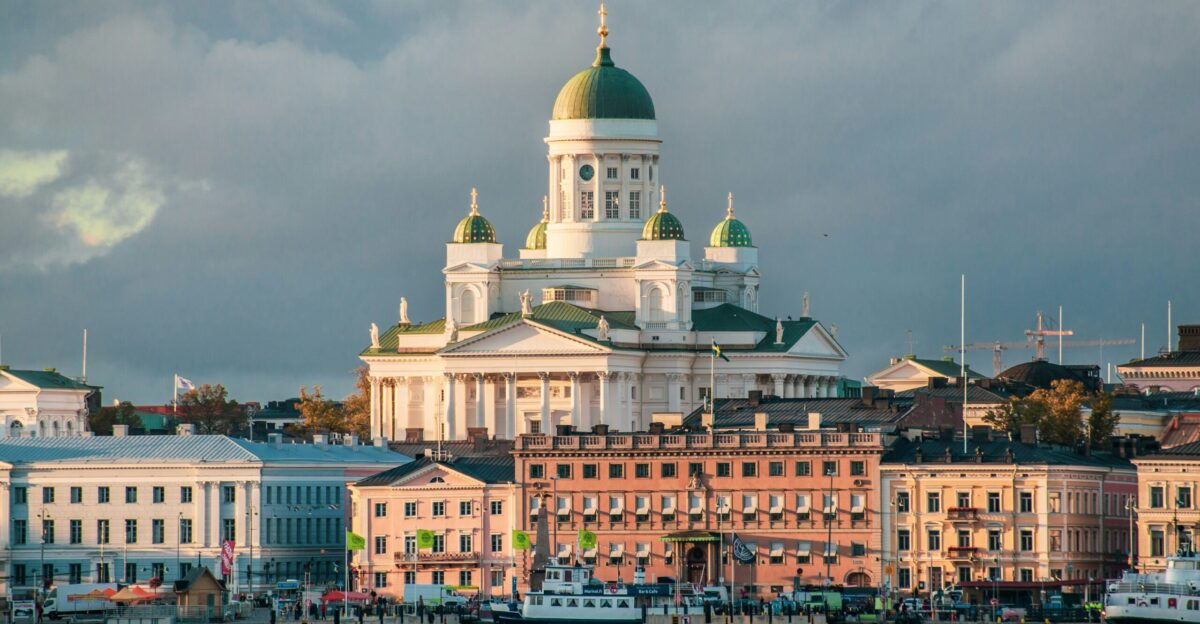
Finland may be known for its lakes and saunas, but it’s also one of the world’s most peaceful nations. Ranked tenth in the 2025 GPI with a score of 1.420, Finland blends political stability, low crime, and world-leading education with strong democratic values. It’s also been named the happiest country on Earth for several years running.
Despite bordering Russia, Finland maintains peace through diplomacy, resilience, and social cohesion. It ranks especially high in societal safety, outperforming many larger powers. With clean air, advanced tech, and strong institutions, Finland is a modern haven that proves calm and preparedness can go hand in hand.
#9 – Slovenia

Small but strategically smart, Slovenia quietly climbed the ranks to become one of Central Europe’s safest countries. With a 2025 GPI score of 1.409, it’s ranked ninth globally. This Alpine nation transformed rapidly from a Yugoslav republic to an EU member with strong democratic governance. Low militarization, minimal internal conflict, and regional diplomacy keep it stable.
Slovenia’s terrain adds natural defense, while its EU and NATO ties offer backup security. Nestled between Western Europe and the Balkans, it provides accessibility without exposure. If you’re looking for an under-the-radar safe zone, Slovenia’s calm strength is worth a closer look.
#8 – Denmark

Denmark’s model of peace is rooted in something deeper than policy, it’s a product of community trust, strong social programs, and inclusive governance. With a GPI score of 1.393, it ranks eighth in 2025.
Violent crime is rare, and the country’s healthcare, education, and welfare systems leave little room for the unrest seen elsewhere. Its political environment is one of Europe’s most stable, and Copenhagen often ranks among the world’s safest cities.
#7 – Portugal
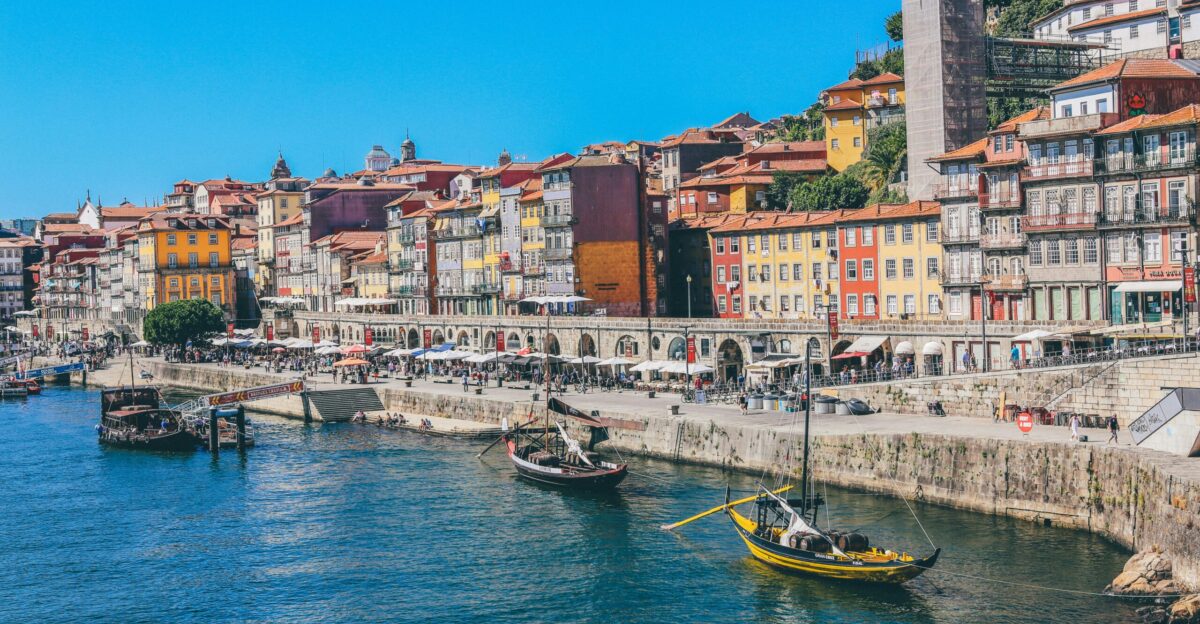
Though Denmark is part of NATO, it takes a calm, practical approach to defense. In a world growing more chaotic, it stands out as a peaceful society built on fairness and stability.
Portugal ranks seventh on the 2025 GPI with a score of 1.371, quietly outperforming many of its European peers. Once a colonial military power, it’s now a model of peaceful transition and democratic maturity. Nestled on the Atlantic coast and buffered from continental conflicts, Portugal enjoys geographic advantages alongside political calm. Its low militarization and strong safety metrics reflect a deeply rooted culture of diplomacy.
Add EU protections, mild weather, and a welcoming attitude toward outsiders, and it’s no wonder Portugal has become a popular destination for those seeking refuge, or simply a peaceful life.
#6 – Singapore

In one of the world’s busiest regions, Singapore stands out as a fortress of order and efficiency. Ranked sixth with a 2025 GPI score of 1.357, this city-state boasts ultra-low crime rates and a government that plans for emergencies with surgical precision.
While its location may seem risky, Singapore’s strategic importance to global trade makes it a target worth protecting, not attacking. Its laws are strict but effective, and its infrastructure can support rapid response in crises. With a future-focused economy and a commitment to stability, Singapore offers a rare blend of safety, speed, and self-reliance in turbulent times.
#5 – Switzerland
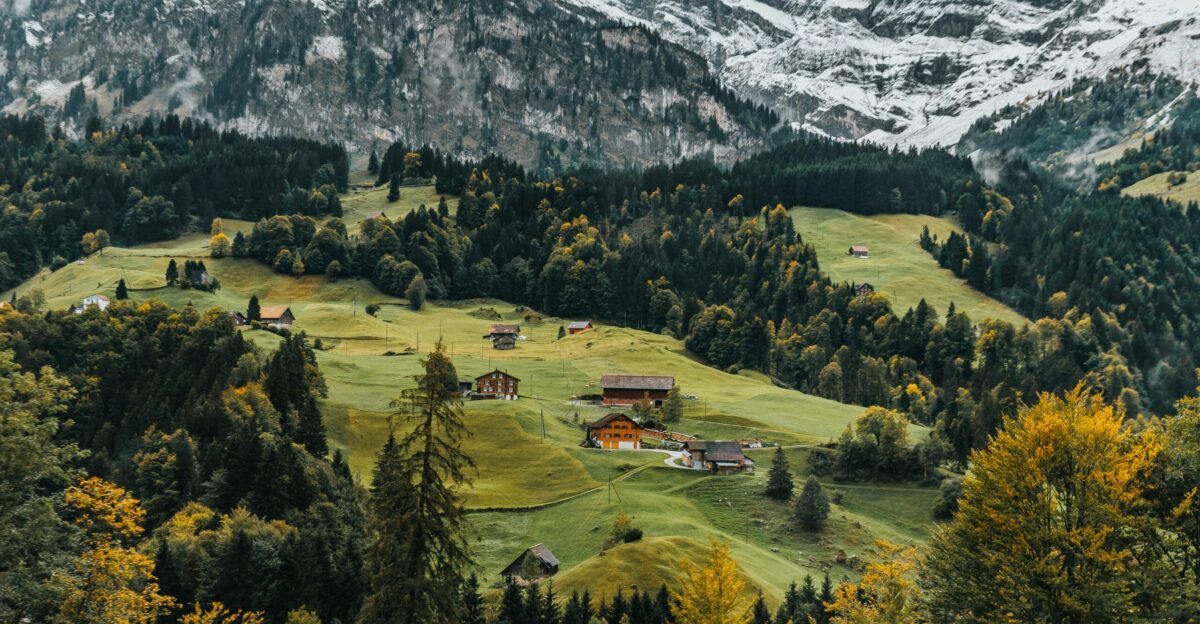
Switzerland, with its long-standing neutrality and fortified geography, ranks fifth in the 2025 GPI with a score of 1.294. Tied with Austria, it’s a masterclass in peace through preparedness. Nearly every citizen has access to fallout shelters, and its mountainous terrain has thwarted invaders for centuries.
The Swiss Army exists solely for defense, and the country hasn’t fought in a foreign war in over 200 years. Direct democracy ensures citizens play an active role in governance, fostering stability. Add to that financial resilience and strong global diplomacy, and Switzerland becomes more than peaceful, it becomes almost untouchable.
#4 – Austria
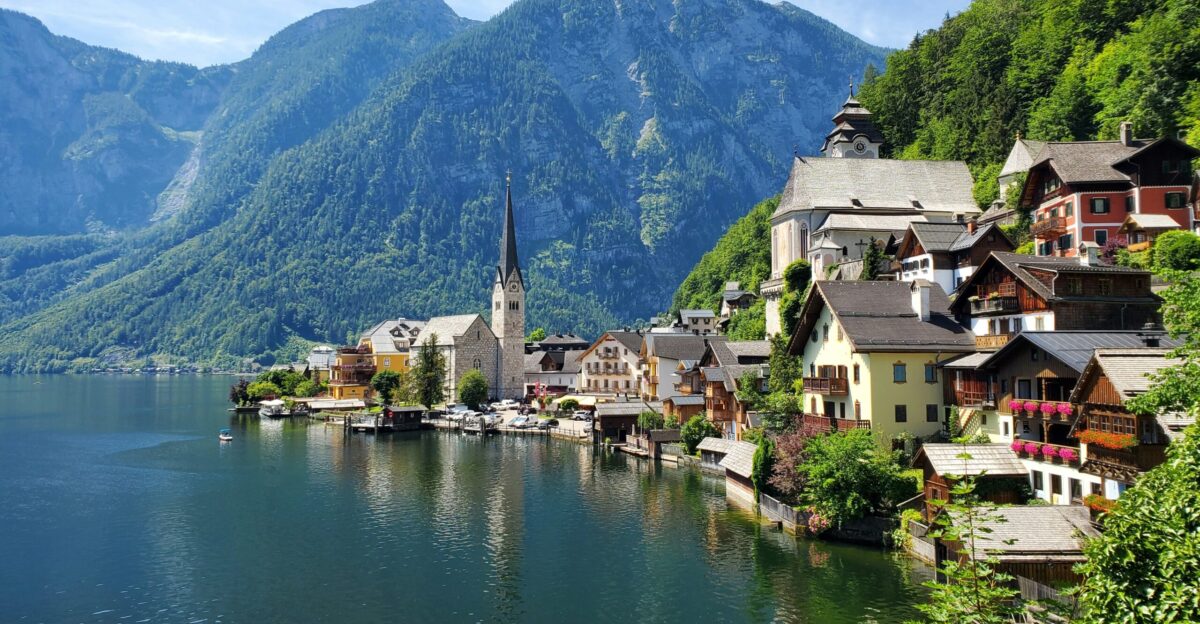
Austria’s neutrality is more than tradition, it’s written into its constitution. With a 2025 GPI score of 1.294, tied with Switzerland, Austria ranks fourth globally. Since 1955, it has stayed out of military alliances and avoided foreign entanglements, even as a member of the EU.
Geographically central but politically independent, Austria offers access to European life without the geopolitical risk. Its peacefulness is supported by a stable democracy, high-quality public services, and a cautious approach to defense. In a time when militarization is escalating, Austria’s quiet commitment to staying out of conflict makes it a uniquely stable and strategic refuge.
#3 – New Zealand

New Zealand, ranked third with a GPI score of 1.282, is protected not just by policy, but by the Pacific Ocean itself. Its remote location, far from global flashpoints, makes it a natural shelter in times of war. The nation’s anti-nuclear stance, strong human rights record, and food self-sufficiency further boost its resilience. It topped the Asia-Pacific region in the 2025 index thanks to low crime and a peaceful foreign policy.
With modern infrastructure, a stable democracy, and strong community ties, New Zealand proves that being far away doesn’t mean being left behind, it can mean staying safe.
#2 – Ireland
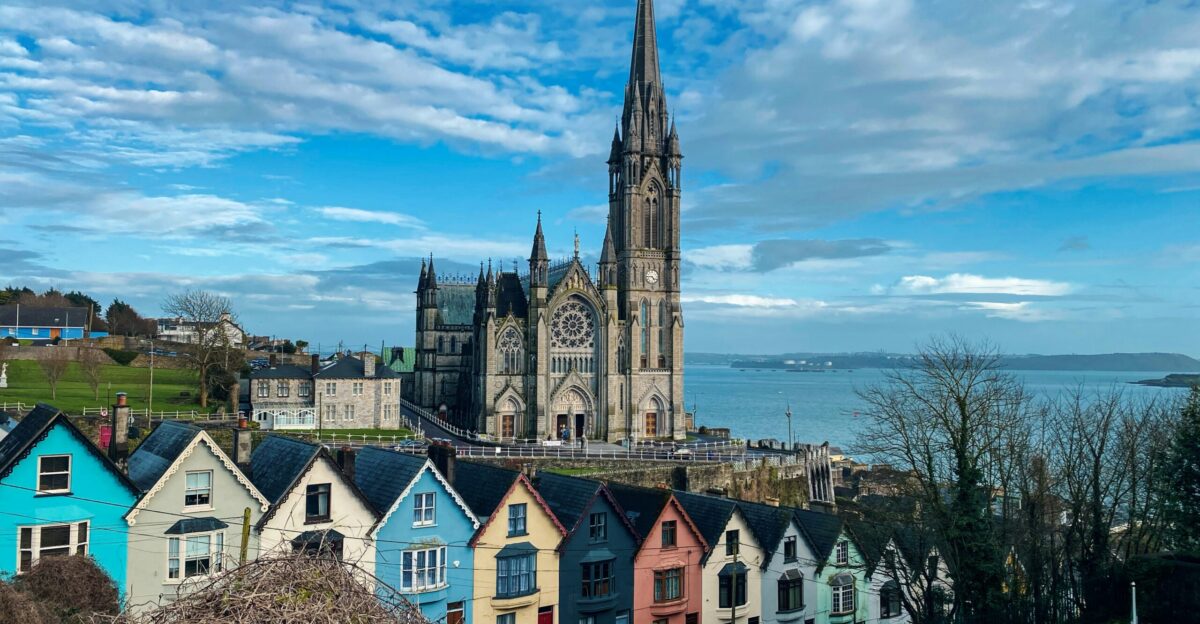
Ireland’s rise to second place in the 2025 GPI, with a score of 1.260, is a powerful story of transformation. Once marked by internal strife, today it thrives as a peaceful, politically stable democracy with low crime and global goodwill. Its policy of neutrality, paired with active involvement in peacekeeping, keeps it out of entangling alliances while contributing to global stability.
EU membership offers protection and prosperity, and its English-speaking population makes it especially accessible for those seeking refuge. With steady progress and a commitment to staying out of conflict, Ireland stands as proof that peace is not just possible, it’s sustainable.
#1 – Iceland
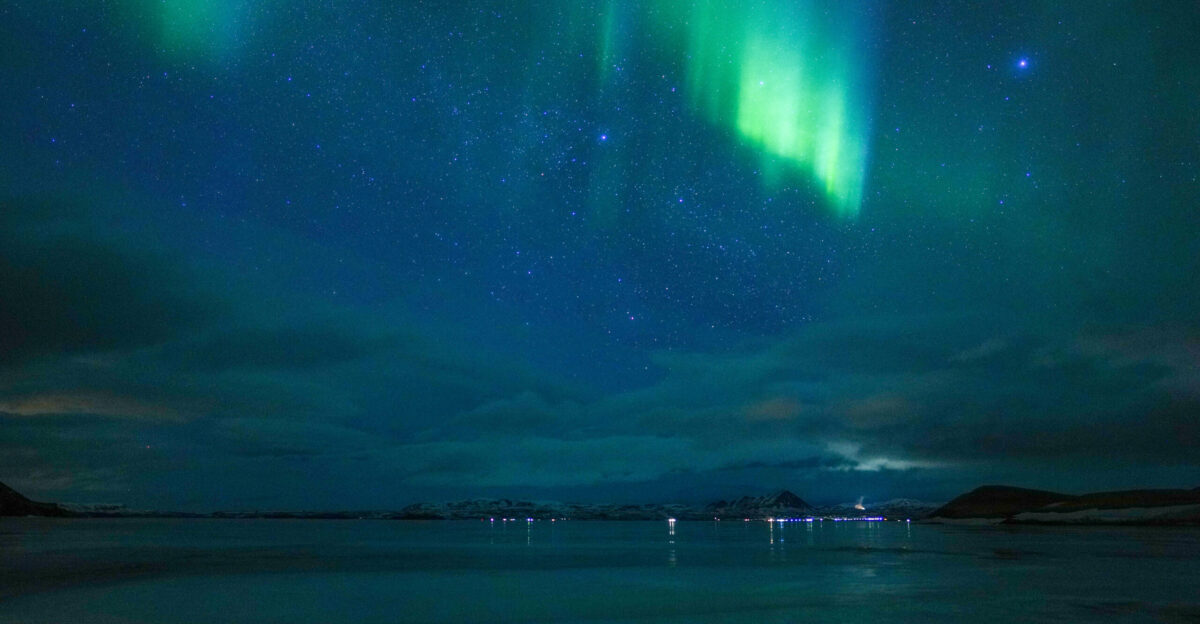
No military. No enemies. No conflict. Iceland holds the top spot on the 2025 GPI once again with a near-perfect score of 1.095. This island nation relies on NATO’s mutual defense pact and its own coast guard, making it the only NATO member without a standing army.
Its isolation in the North Atlantic offers natural protection, while its small population of 370,000 fosters strong social cohesion. Iceland’s constitution prohibits war, and its history is remarkably free of violence.
For over a century, it’s remained untouched by global turmoil. In every sense, Iceland is peace made real, and in a fractured world, that matters more than ever.
Finding Safety in an Increasingly Dangerous World

As violence escalates worldwide and military budgets soar, these ten nations offer more than just shelter, they’re living examples of what peace can look like. Whether through geography, diplomacy, or social structure, each has found its own way to defy the global trend. Their diversity proves peace isn’t a one-size-fits-all formula, it’s a choice, made over decades through policy and principle.
In 2025, with warning signs flashing everywhere, the Global Peace Index doesn’t just rank nations, it reveals models of resilience worth learning from. For those seeking safety, stability, or simply a glimpse of a better path, these countries point the way.
